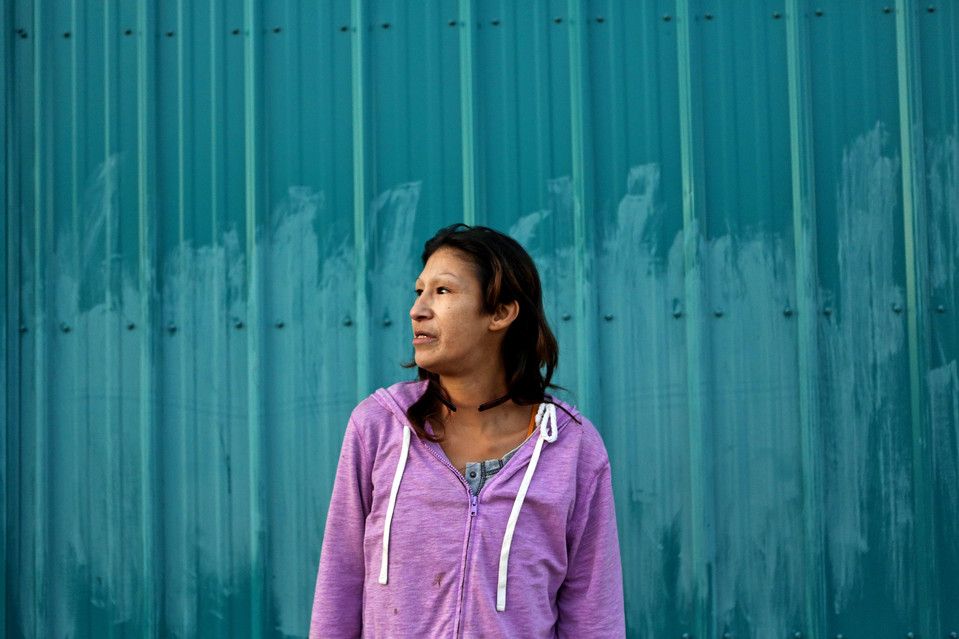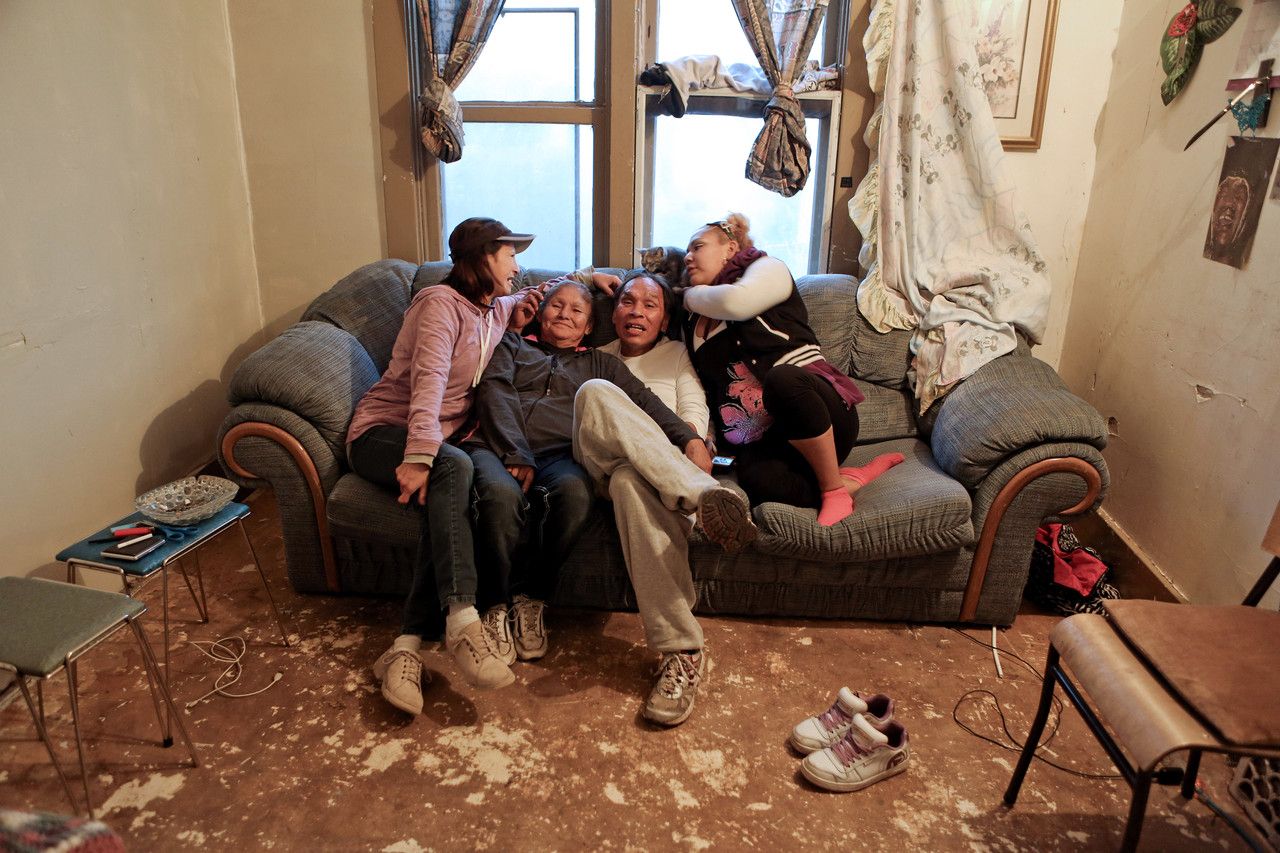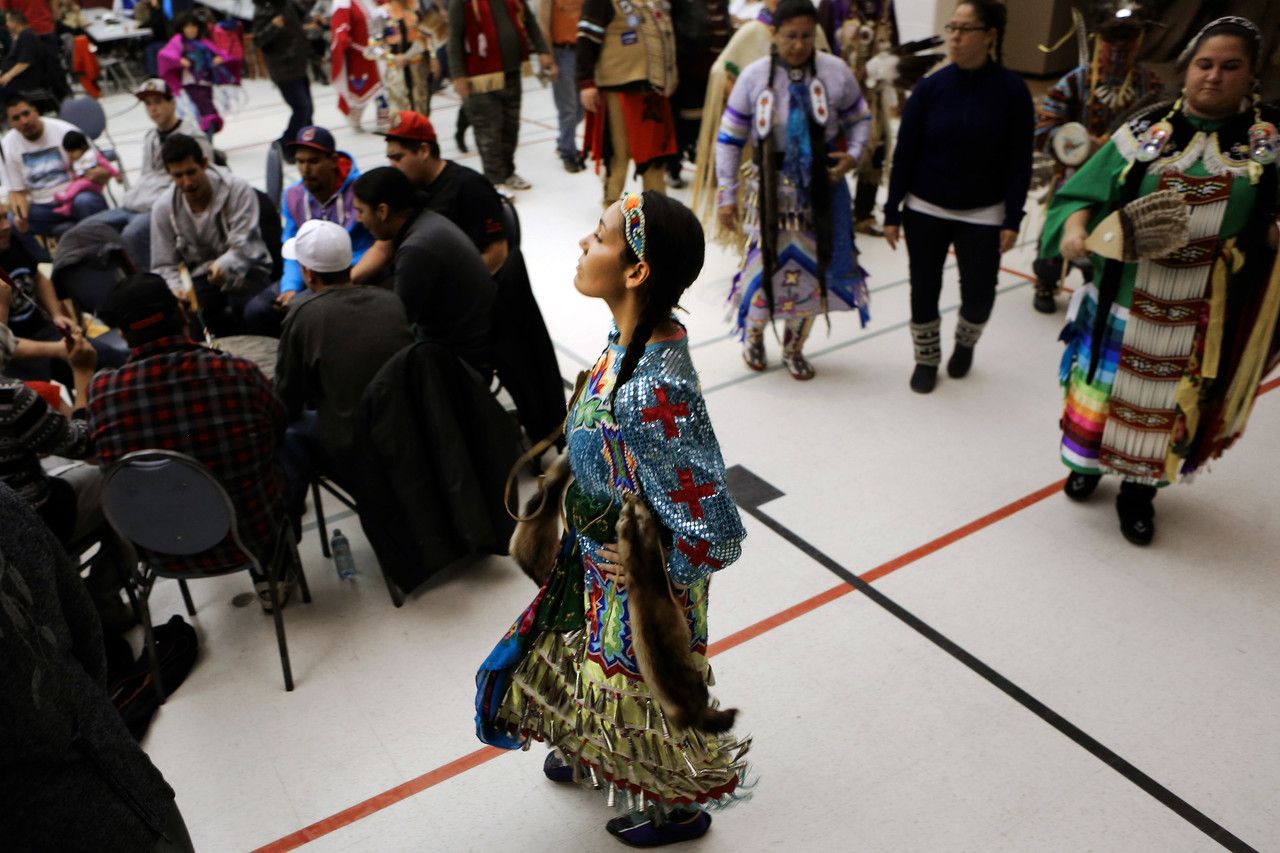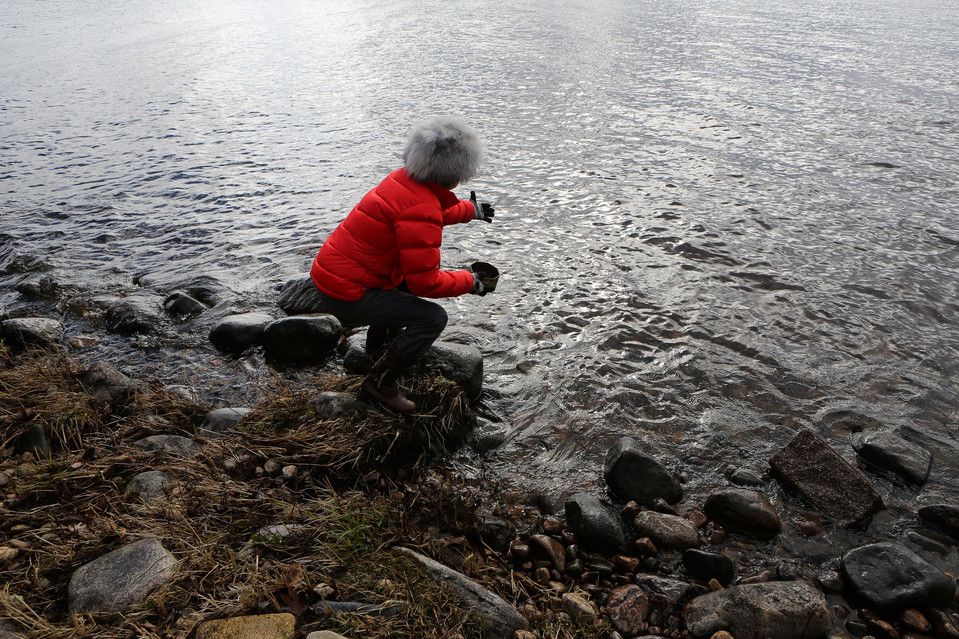A dream catcher adorns a bedroom window in the home of Doreen Bellaire, serving as an affirmation of her indigenous heritage. But in another room of her home on the Nipissing First Nation reserve in Ontario, Canada, she displays an Asian conical hat—purchased by the family when they believed they might be of Asian descent. For Ms. Bellaire, it is a reminder of the decades long journey to discover her roots.
Ms. Bellaire’s mother was one of thousands of aboriginal children removed from their homes by the Canadian government to be educated and boarded at a network of special schools intended to assimilate them.
After 10 years at one of the schools, her mother abandoned her reserve and moved into town to protect her children from being subjected to the same experience. For decades, Ms. Bellaire’s mother wouldn’t reveal their background, leaving her and her family to question their ethnicity.
Ms. Bellaire’s story isn’t unique, photojournalist Daniella Zalcman discovered after meeting Ms. Bellaire and other native Canadians in her recent pursuit of a public-health story.
Attending the AIDS 2014 conference, Ms. Zalcman discovered that indigenous populations were heavily represented as victims of the disease. Research confirmed that HIV was disproportionately prevalent in Canada’s indigenous First Nation populations. With the support of a grant from the Pulitzer Center on Crisis Reporting, she traveled to Canada.
“I am fascinated by the modern relationships between former colonizers and their territories, either in the echoes of outmoded legislation, as with Uganda’s antihomosexuality laws, or with the ongoing tools of systematic oppression, as in Canada,” Ms. Zalcman said.
Her encounters with local residents and organizations led her to Ms. Bellaire, and her discovery of the special Indian residential school system for indigenous people. In Regina, Saskatchewan, she met Eleanor Kay, an HIV-positive drug user whose parents attended the schools. She began to research the school system, and whether it had any connection to the pervasiveness of the virus in its students and their families.
Although there isn’t enough research to support a scientific correlation, some research studies, Ms. Zalcman’s subjects, and the Canadian government itself suggest a tie between the schooling and subsequent social and health struggles.
In a 2008 apology to the affected population, Canadian Prime Minister Stephen Harper acknowledged that the Indian residential schools program—which ended in 1996 after a century of operation—intended to “remove and isolate children from the influence of their homes, families, traditions and cultures, and to assimilate them into the dominant culture.”
He said the system “contributed to social problems that continue to exist in many communities today.”
A study from the National Collaborating Centre for Aboriginal Health found that of those surveyed, nearly half of First Nation adults living on a reserve who attended the schools reported “a negative impact on their overall health and well-being.”
“[Ellie Kay] is one of the most fundamentally lost people I’ve ever met. She has such a huge heart…but her own habits are painfully self-destructive. She regularly forgets to take her antiretrovirals, she skips most meals. She doesn’t take care of herself in any conceivable way,” Ms. Zalcman said of the HIV-positive woman from Regina.
Although Ms. Zalcman set out to document a community suffering from HIV, what she said she ultimately found was a story of healing.
“This is a story about the turning point in aboriginal Canadian identity—in spite of a history of forced assimilation and institutionalized abuse that has existed since contact, there is now a movement to revive centuries-old traditions,” Ms. Zalcman said. “And in turn, there’s a clear correlation between that reclamation of cultural identity and healing.”
Ms. Bellaire, the woman whose mother attended a residential school, told Ms. Zalcman that fellowship was key to reclaiming identity for First Nations people.
“When we get together and speak openly and honestly with each other, it keeps us connected. We didn’t have that when we were younger. We didn’t tell our own stories. How can you know your people if you don’t tell your stories?”



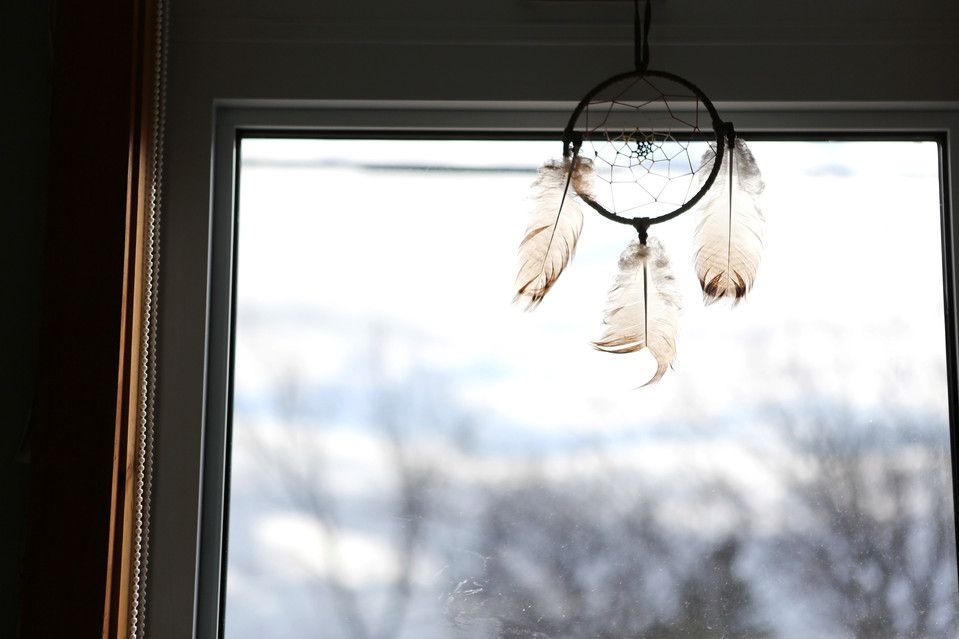

![An Asian conical hat—purchased when Ms. Bellaire believed she might be of Asian descent, hangs at her home. For Ms. Bellaire, it is a reminder of the decades long journey to discover her roots. "My mom went to Indian residential school, so she [left the reserve and] raised us in town so we could never be found," she said. Image by Daniella Zalcman. Canada, 2014.](https://legacy.pulitzercenter.org/sites/default/files/styles/node_images_768x510/public/03-02-15/bn-gw665_pbzalc_j_20150209215151_0.jpg?itok=f2a5j2k5)
